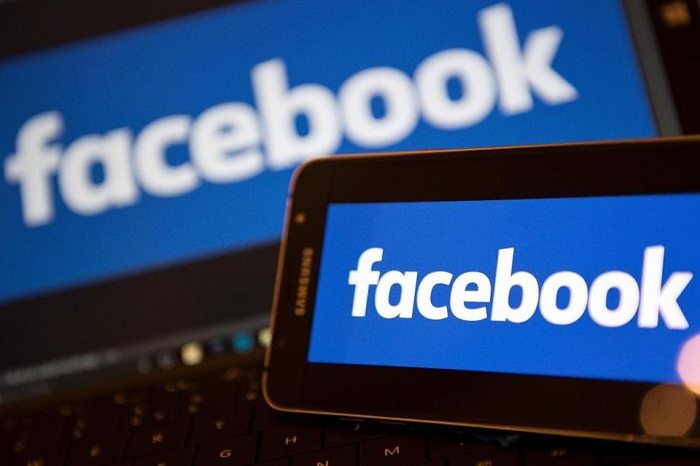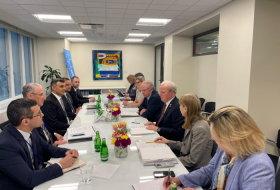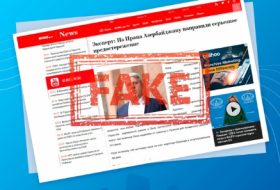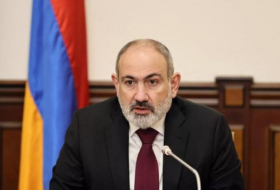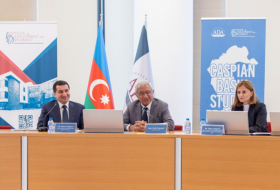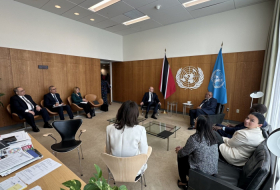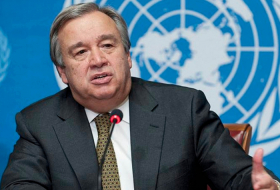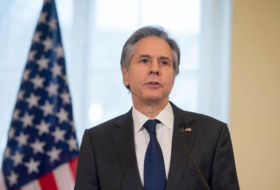Many of the measures in the Facebook Journalism Project have been unveiled separately before, but the announcement highlights the company’s commitment to the content news organizations provide.
“We’ve been working on this for a long time. Our media partners want a deeper engagement, not just at a business level, but a product/engineering level,” said Fidji Simo, Facebook’s director of product, who is leading the project.
She said the program is linked to the news feed values that Facebook announced in June 2016. In a blogpost, Facebook’s VP of product management, Adam Mosseri, revealed the news feed’s primary role was to show content from friends and family, but the other two roles are to inform and entertain.
Simo said: “We are making sure that journalism thrives as part of the ‘inform’ axis.”
“We are not a traditional media company and we are not a traditional tech company,” she added, reiterating Mark Zuckerberg’s words from late December. “We build technology that helps people connect and be informed. This means working well with the news industry.”
The announcement comes the week after Facebook appointed former CNN anchor Campbell Brown to lead the news partnerships team.
Major news organizations already talk to Facebook’s news partnerships team regularly, but now they will gain access to the technology company’s engineers to develop products – whether that’s a new storytelling or ad format – collaboratively. This will take the form of roundtables, hackathons and shared online groups.
An example of the types of products that will be launched include a way to present packages of stories on Facebook (a feature requested by newsrooms) called “collections”; ads that appear in the middle of videos and live streams; and a tool that allows readers to subscribe to publications directly from Facebook. With Facebook Live, publishers will be able to designate journalists as contributors so they can broadcast live on behalf of the page without needing login details for the publisher’s Facebook account.
“I’m pleased to see the scale of the program and it’s a recognition that Facebook see themselves as part of the news ecosystem,” said Claire Wardle from First Draft News. “In the past, it’s been difficult for news organizations to have access to engineers and the engineers didn’t have any understanding of the news business.”
The Washington Post’s chief information officer, Shailesh Prakash, agreed. “We often hear about a product only after they are pretty much done,” he said, citing Instant Articles as an example. “Even with an early partner roll-out, the big decisions have been made in terms of user interface and workflow. It’s much more effective if we can be in on the beginning.”
According to Prakash, the announcement means that weekly phone calls between the Washington Post and Facebook will be supplemented by monthly face-to-face meetings. It is not clear how many other organizations will gain this level of access.
For Vox Media publisher Melissa Bell, there is value in collaborating more effectively not only with Facebook but with other publishers.
“In the past, there were a lot of questions everyone was trying to answer independently and that slowed down progress,” she said. “It’s imperative as an industry that we are collaborating to create profitable, trustworthy and productive media.”
With regards to tackling the spread of misinformation on the platform, Facebook repeated the recently announced partnership with third-party fact checkers and its plans to stop placing advertisements on websites dedicated to “fake news”.
The company also pledged to promote news literacy among Facebook users through measures including a series of public service ads.
“I think there’s more the platforms could be doing here,” Wardle said, suggesting they should embed media literacy tools into the platform, for example, through messaging at the point of sharing a story – something Facebook is doing for stories that have been fact-checked by third-party partners.
“What do you do when crazy Uncle Bob is systematically sharing problematic content? Rather than telling him to go on a Facebook media literacy course you need tools baked into the platform,” she said.
The project will also expand the training that Facebook offers major newsrooms to smaller local news organizations who have typically struggled to gain access to the social networking giant. Facebook will also launch e-learning courses in multiple languages and offer an analytics tool called CrowdTangle for nothing to its partners. Facebook will also help First Draft establish a virtual verification community for eyewitness media generated during breaking news events.
Both Wardle and Prakash said they would like Facebook to be more open with its data. For Wardle, it’s about helping independent researchers interrogate the decisions the social network is making. For example, there is social psychology research that indicates there’s a “boomerang effect” in debunking stories that makes some people more likely to click those stories. “This is such an important moment where we’re making big decisions. I’d love to see more of an evidence base,” she said.
Prakash, on the other hand, wants more data about how Facebook users are interacting with news content, for example how far down an Instant Article people are scrolling and how long they watch videos.
“I hope being involved in these [roundtable meetings] will give us more of a voice so that Facebook understands why we want that data,” he said.
“Not all of these initiatives are going to work, but the fact that they are trying all of them should only be seen as a positive thing,” said Wardle.
However, she is left with one major lingering request: “I really wish they would hire an editor-in-chief.”
More about:








